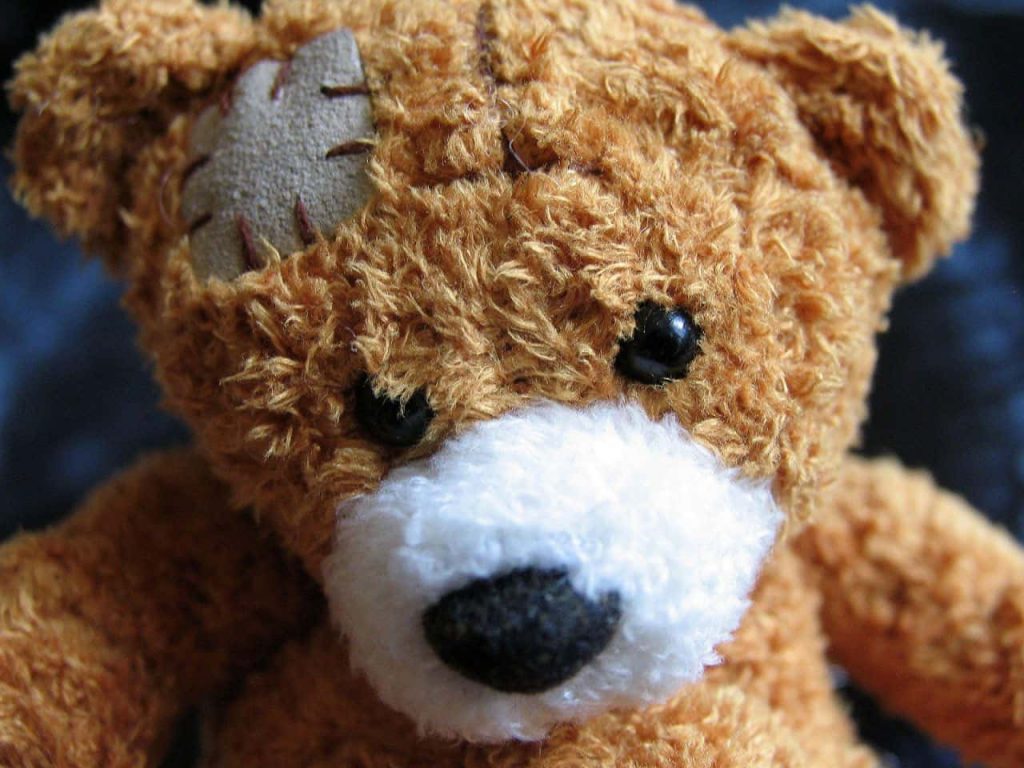Physical injuries, whether minor ones or major are inevitable, but it’s vital to differentiate whether a head damage is severe or not. There are a few recommendations that you can review beneath that will let you distinguish between extreme and non-extreme accidents; that we teach in our First Aid and CPR training locations.
Preventions for Head Injuries
- Always buckle up. Wear safety belts and shoulder restraints when you’re in a vehicle.
- Babies and children should always ride in approved safety seats. Make sure the seat is designed for the child’s age and weight.
- Take safety precautions in all contact sports by wearing proper protection, such as mouthpieces, helmets, and eyewear that is approved by the Canadian Standard Association (CSA).
- Never join in new sports without knowing the rules and risks involved.
- Make sure that there is good lighting in stairways and hallways.
- If there are young children in your home, put gates at the top and bottom of all stairways.
- Enroll your children in CPR courses to be prepared for emergencies.
Head injuries that need to be considered to be critical may also encompass the following signs:
- Gradual headaches
- A headache that won’t go away
- Loss of Consciousness
- Nausea/Vomiting
- Drowsiness
- Restlessness
- Confusion
- Clumsiness
- Irritability
- Long-lasting inconsolable crying
- Blood or other fluids leaking from the nose or ears
- Difficulty walking
- Dizziness
If any of those signs and symptoms are present it’s important to seek medical attention immediately. These signs and symptoms are discussed in lengths in child care first aid classes. Parent or guardian in such situations should constantly monitor their child’s behaviour to check for anything unusual.
If you suspect that your infant has a head injury that is severe, do not move them unless you have to test their respiratory if they are face down, and call 911 immediately. Keep in mind that it is best to be safe now than sorry when it comes to head injuries in children and do not hesitate to seek medical attention. Find out more about head injury first-aid measures at www.c2cfirstaidandaquatics.com, or contact us today to learn more about the First Aid courses that we offer in your vicinity.




















No comment yet, add your voice below!